Egyptian coffin was a good surface for decoration. And usually this decoration was quite standard.
For example, goddess Nut was depicted on the chest of the mummy, or also on the inside part of the cover, some moments of the funerary ceremony were included in the laterals…

Isis and Nephthys in the Egyptian Coffin.
It is well known that in a Egyptian coffin the place for Isis and Nephthys was at the feet and head on the corpse. The meaning of this position has two possible explanations.
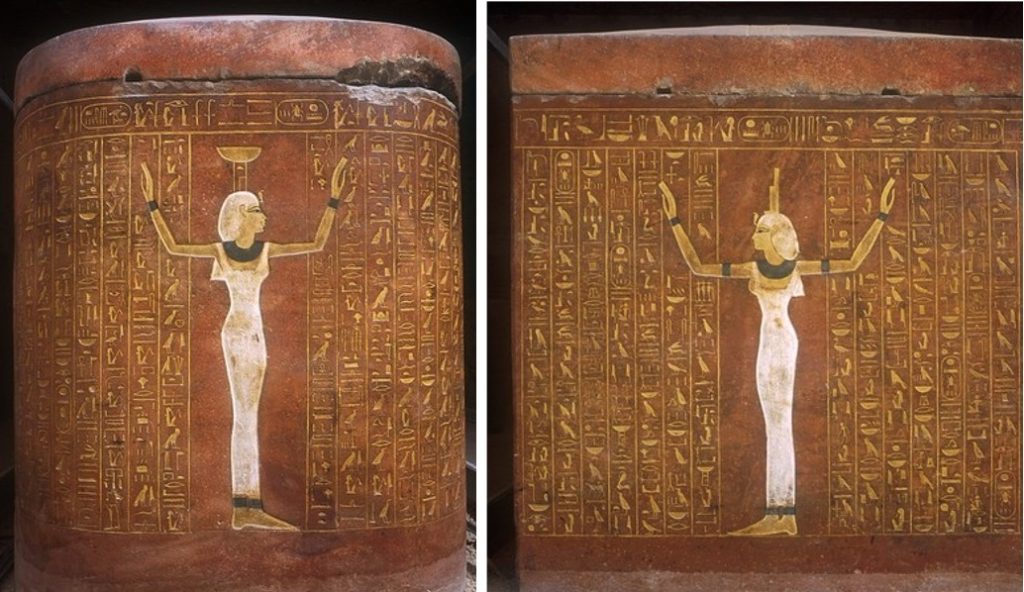
On one hand the image of Isis at the feet of the mummy could be a way of granting the copulation of Isis as a kite with Osiris for giving him back the virility.
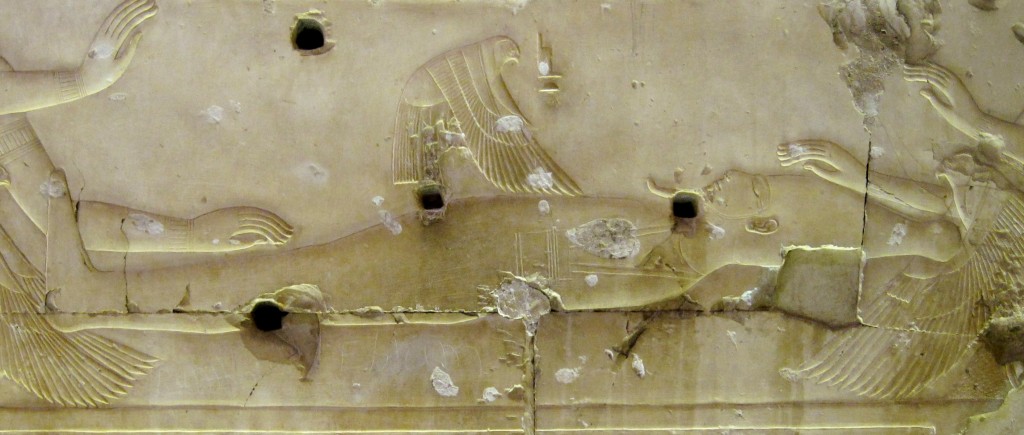
On the other hand, Isis at the feet and Nephtys at the head, could be the image of a birth. One woman giving birth (Isis) and being assited by a midwife (Nephtys). That is, the image granted the rebirth of the dead.
The Two Women of The Coffin of Iineferty.
Iineferty was buried in an antropoid coffin made of wood and found in the tomb of her husband Sennedjem in Deir el-Medina (TT1).
In principle, it is a coffin with a very simple decoration:
This mummy board is carved and painted to represent the deceased as if she were alive and dressed in a long white pleated gown.
Metmuseum.org
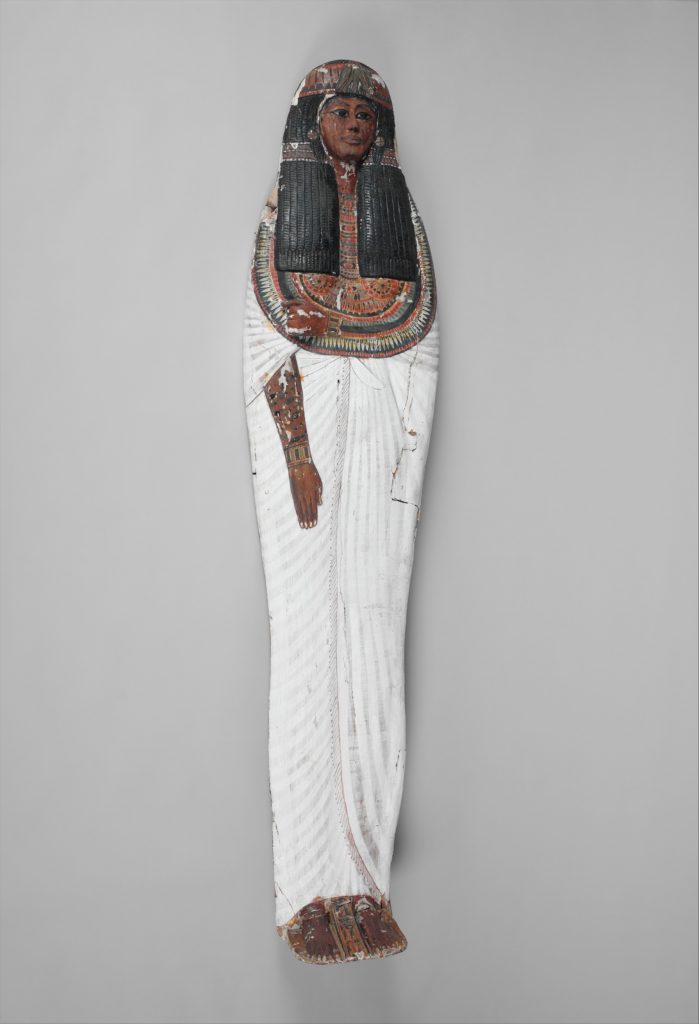
However, at the feet of the cover there is an image of two kneeling mourning women.
This image is not new in Egyptian coffins. At the end of the Second Intermediate Period was common to depict the two professional mourners Isis and Nephthys in a similar way at the feet of te coffin.
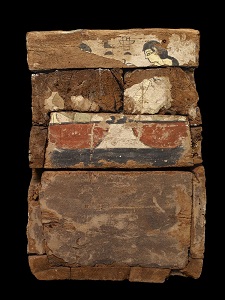
The uncommon feature in this Egyptian coffin of Iineferty is that, these two women are described as “the two daughters”.
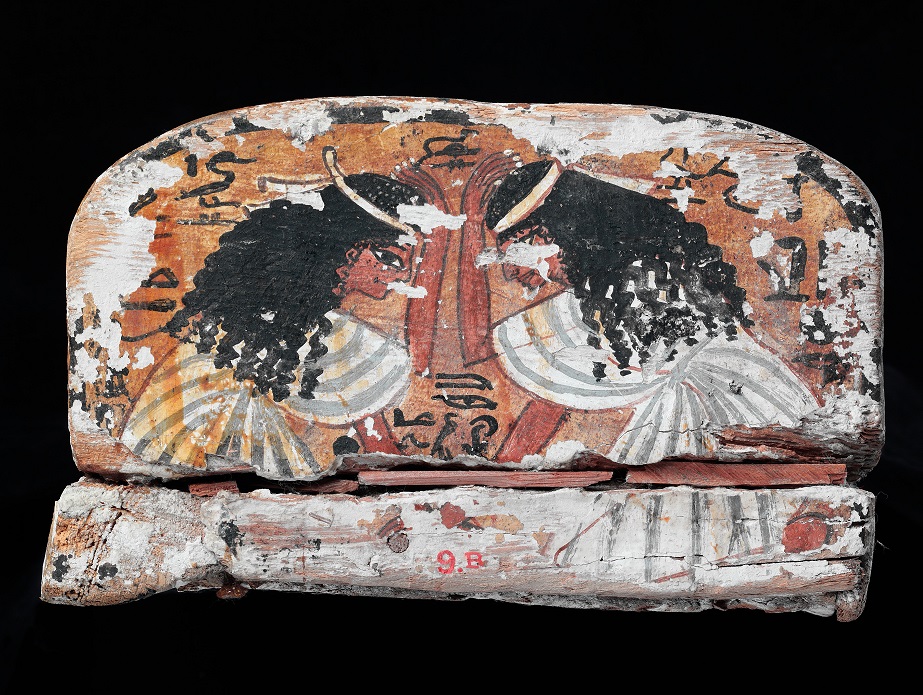
Why did Iineferty chose such a kind of image? Moreover, taking into consideration that the rest of the coffin hardly has decoration. Just the funerary mask, the right arm and the feet appear under the pristine white of her clothes.
It seems quite clear that Iineferty selected an ancient scene coming from the beginning of the XVIII Dynasty, but with no divine images. She wanted two member of her family.
The thought is that maybe these two “daughters” of Iineferty played the role of Isis and Nephthys during the funerary ceremony and were responsible of her resurrection.